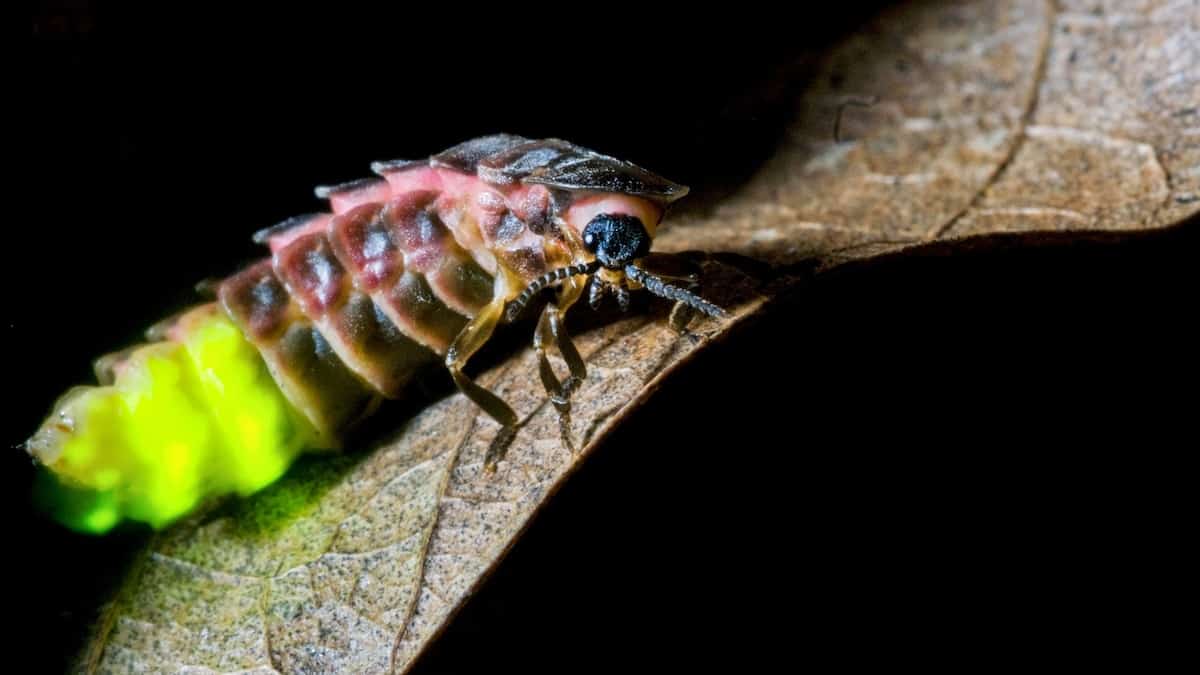Discover the Wonder of Glowworms: A Parent’s Guide to These Luminous Creatures
Hey there, awesome parents! Are you ready to introduce your kiddos to one of nature’s most fascinating and twinkling spectacles? Yes, you guessed it: we’re talking about the magnificent glowworms! But, what are glowworms, you might ask? And where can you find these natural lanterns? Worry not, because we’ve got you covered with a guide that’s as lit as the little critters themselves!
Glowworms are not just the stuff of fairy tales; they’re real and provide an excellent opportunity for a family adventure loaded with learning and wonder. In this guide, we’ll unwrap the mysteries of glowworms, find out where to spot them, and share how you can make this natural phenomenon an unforgettable experience for your children.
What Exactly Are Glowworms?
Before we embark on our luminescent journey, let’s shine some light on what glowworms really are. Glowworms are not worms at all; they’re beetles! These creatures enchant the night with their bioluminescent glow, a fascinating chemical reaction right in their little bodies that allows them to shine bright like living stars.
The term “glowworm” is actually used for several types of insect larvae and adult insects that glow. The most famous of these are the larvae of the fungus gnat, found in caves in Australia and New Zealand, and the European glow-worm, a beetle found in temperate regions.
Where to Find Glowworms Around the World
Glowworms can be found in a variety of environments across the globe. From the moist caves of New Zealand and Australia to the grasslands of Europe and North America, these creatures prefer damp, dark habitats where they can show off their bioluminescence without competition from sunlight.
In New Zealand, for instance, the Waitomo Caves are home to an astounding glowworm species known as Arachnocampa luminosa, offering visitors a starry spectacle underground. Meanwhile, in the UK, the charming European glow-worm lights up summer evenings with its neon green glow.
Understanding Glowworm Bioluminescence
Bioluminescence is a truly fascinating natural phenomenon, and it’s what makes glowworms so special. This light is produced through a chemical reaction involving a substance called luciferin, oxygen, and an enzyme called luciferase. It’s a highly efficient form of light with little to no heat emitted, and for the glowworm, it serves a few important purposes.
For some species, bioluminescence is a way to attract prey, creating a mesmerizing light show that draws in unsuspecting insects. For others, it’s a romantic beacon, signaling to mates in the darkness of their natural habitats. No matter the use, the result is an ethereal glow that has captured human fascination for centuries.
Embarking on a Glowworm Adventure: Tips for Parents
If you’re planning to explore the world of glowworms with your children, there are a few things to keep in mind to make the experience truly magical. First, choosing the right location is key. Do some research on places where glowworm sightings are common, and check if guided tours are available, as they can be both educational and safer, especially with little ones in tow.
Next, remember to respect the glowworms’ habitat. These tiny creatures are sensitive to disturbances, so keeping noise to a minimum and avoiding flash photography is important. Plus, maintaining the pristine environment ensures that glowworms continue to thrive for future generations to admire.
Hey, it’s all about the memories, right? Documenting your glowworm journey with photos (following the guidelines, of course) and maintaining a nature journal can help your children remember this unique encounter. Encourage them to write about what they see and feel, or draw the glowworms’ delicate light. Engagement on this level isn’t just educational; it’s an experience that will shine brightly in their hearts forever.
Glowworms are more than just bugs with a bulb; they’re a gateway to teaching children about nature’s marvels and the importance of conservation. So gear up for an adventure that’s going to light up your family’s world!
Are you feeling a twinkle of excitement yet? Great! Stay tuned as we delve deeper into the science of glowworm luminescence, conservation efforts, and how you can create a glowworm experience in your very own backyard. Plus, we’ll share some heartwarming stories of families who have embarked on glowworm expeditions and came back with more than just pretty pictures—a sense of togetherness under a natural sparkling canopy.

Five Things Parents Should Know When Preparing for a Glowworm Expedition
Embarking on a glowworm expedition can be an enchanting experience for both you and your children. To ensure that your adventure goes smoothly, here are five things you should know before setting out:
- Optimal Viewing Conditions: It’s crucial to time your visit right. Glowworms are best viewed in darkness as their light can be quite subtle. Aim for a night without a full moon and, if visiting caves, check the best times with tour operators. Additionally, glowworms can be sensitive to weather, so a dry and warm night is usually ideal for an outdoor experience.
- Dress Appropriately: As glowworm habitats are often damp and cool, ensure that everyone is dressed in warm clothing. In case of cave visits, waterproof gear might be necessary. Comfortable, non-slip footwear is a must as terrains can be uneven and slippery.
- Check for Accessibility: Understand the physical requirements of your glowworm adventure. Some locations might involve hiking or navigating through rough cave systems. If you have younger children or are bringing a stroller, check with tour venues for accessibility options and restrictions.
- Prepare for Quiet Observation: Glowworms are delicate, and their habitats require preservation. Teach your kids the importance of silence and remaining calm to not disturb these creatures. It’s also an excellent opportunity to foster patience and attentiveness as they soak in the environment.
- Photography Tips: Capturing glowworms can be tricky due to their faint light. Research photography tips before you go, such as using a camera with manual settings and a tripod to avoid shaky images. Always adhere to the no-flash rule, as bright lights can harm the glowworms and spoil the experience for others.
Preparing your family for a glowworm outing can not only ensure that the trip is enjoyable and comfortable for everyone but also instills a deep appreciation for our earth’s natural wonders. Keep these tips in mind, and you’re all set for a glowing adventure with your little ones!
Creating a Glowworm Experience at Home
If traveling to see glowworms in their natural habitat isn’t on the cards right now, don’t fret! You can create a pseudo-glowworm experience at home. A fun project is to transform a room into a glowing cave. Use glow-in-the-dark stickers or paint to create your twinkling insects on walls and ceilings. Turn off all the lights, and let the pretend “glowworm cave” come to life. This activity can also spark conversations about the real-life counterparts.
Beyond that, you can get crafty and help your children build their own glowworm models. Materials such as plastic bottles, glow sticks, and construction paper can be used to create educational and fun crafts. Combine arts and crafts with a bit of storytelling about these fascinating creatures, and you’ve got a glowworm fest right in your living room!
Adventure is as much about imagination as it is about the physical journey. Through a little creativity, you can spark a love for nature and science in your children. And who knows? It may well be the beginning of many wonderful explorations to come!
Parents, your magical encounter with glowworms and your little ones is now within reach. Armed with knowledge, tips, and endless imagination, you’re ready to embark on this bewitching adventure. Just remember, whether near or far, the wonder of glowworms can always be enjoyed and shared. Happy glowing!
For more great fun click here. For more information see here
Disclaimer
The articles available via our website provide general information only and we strongly urge readers to exercise caution and conduct their own thorough research and fact-checking. The information presented should not be taken as absolute truth, and, to the maximum extent permitted by law, we will not be held liable for any inaccuracies or errors in the content. It is essential for individuals to independently verify and validate the information before making any decisions or taking any actions based on the articles.




